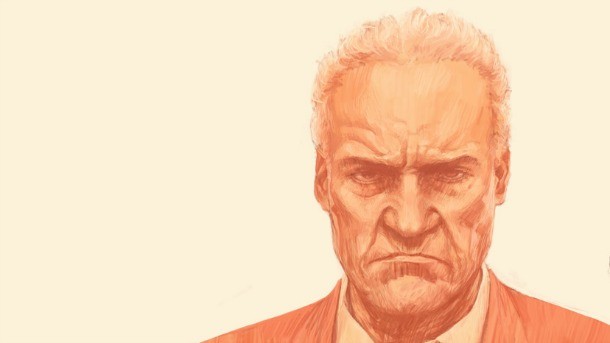Crescent City Criminals: Why Setting Mafia III In New Orleans Makes Sense

When you think about mob tales, New Orleans is far from the first city that comes to mind. The five families of New York City, prohibition gangland of Chicago, and glitz and glamour of Las Vegas are the most iconic settings for criminal underworlds in America, but when researching potential locations to set Mafia III, 2K Games was surprised by the amount of influence La Cosa Nostra had in the Big Easy.
"New Orleans has a lot of deep roots in terms of American mafia," says lead writer William Harms. "One of the big first Mafia families came in the late 1800s - it goes back that far."
"Throughout the South there was a large Mafia presence, and we didn't want to ignore that," adds creative director Haden Blackman. "While there was still communication between the mobsters in the South and the commission that ran the Mafia in general, it wasn't the same as you might have with the five families or even in Chicago. They were a little more autonomous, and we wanted to show that."

One of the earliest recorded crime families in New Orleans is the Matrangas. Operating out of its saloon, Carlo and Antonio Matranga ran illegal operations like extortion, bootlegging, and prostitution from the 1870s through the end of prohibition. The Matrangas eventually ceded control of the city to "Silver Dollar Sam" Carolla. This savvy gangster rubbed shoulders with a who's who of mobsters throughout the country. One urban legend says he stonewalled Al Capone when the Chicago gang leader showed up in New Orleans with hopes of getting Carolla to supply his outfit with alcohol during prohibition. Carolla allegedly met Capone at the train station along with several police officers, who disarmed Capone's capos and sent them on the next train out of town. Carolla also used his political and business connections to bring slot machines to Louisiana with the help of New York-based mobster Frank Costello, who worked under Charles "Lucky" Luciano and Vito Genovese before being promoted to family boss.
Carolla was eventually deported following a narcotics arrest, which gave rise to Carlos Marcello, the most famous of New Orleans mobsters. This roughhousing upstart started building his rap sheet at a young age, pulling armed robberies and drug deals in Little Italy (which is now the French Quarter) as a juvenile. By 1947, Carolla handed him control of the profitable gambling operations in the region. Marcello serves as the chief inspiration for Mafia III antagonist Sal Marcano.
Marcello was infamously forced to appear at Robert F. Kennedy's 1959 senate committee hearing on organized crime. While showered with questions he adhered to the Mafia oath of omerta, and refused to utter a word. After John F. Kennedy was elected president in 1961, he named his brother the U.S. Attorney General. Marcello had a fraudulent Guatemalan birth certificate, and RFK used this gaffe as justification for an immigration warrant to deport him out of the country for a small marijuana conviction he received way back in 1938.

Mob boss Carlos Marcello
Marcello eventually found his way back to the states via Miami, and made his distaste for the Kennedys well known to anyone who would listen. One "widely circulated account" claimed that Marcello made a threat on the president's life, saying he would use a "nut" to take him out.
After JFK was assassinated in 1963, the House Select Committee on Assassinations investigated Marcello as a potential culprit, but he was ultimately exonerated. "The committee found that Marcello had the motive, means and opportunity to have President John F. Kennedy assassinated, though it was unable to establish direct evidence of Marcello's complicity," the report stated.
This rich tapestry of Mafia lore gives Hangar 13 a lot of inspiration, but as with the previous games in the series, the studio doesn't feel compelled to adhere to historical accuracy. Instead, it's using this research as a springboard to tell a unique story. Marcano is a different don with his own history, motives, and trajectory. But the more you dig into the city's criminal underground past, the more you can see why the team chose to set a Mafia game in New Orleans.
To learn much more about Mafia III, click on the banner below to enter our hub of exclusive content that will be posted throughout the month.

Get the Game Informer Print Edition!
Explore your favorite games in premium print format, delivered to your door.
- 10 issues per year
- Only $4.80 per issue
- Full digital magazine archive access
- Since 1991










